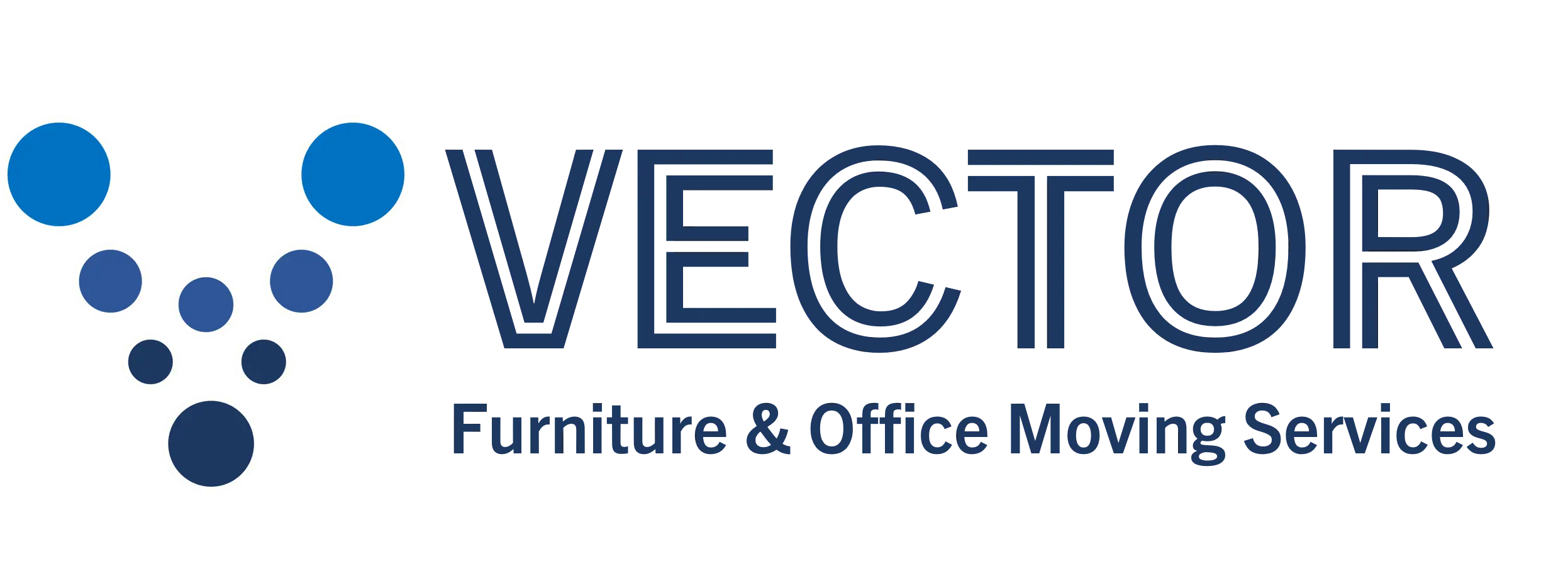In Business Moving world of work is changing, and many businesses are discovering the benefits of relocating for growth, cost savings, or a better work environment. If you’re considering a move for your small business, this guide will help you navigate the process and make the best decisions for your company.
Step 1: Why Move? Identifying the Right Reasons
Before diving in, it’s crucial to understand your motivations for relocating. Here are some common reasons businesses move, along with questions to help you assess your own needs:
- Expansion: Is your current space limiting your growth? Do you need more room for employees and equipment?
- New Markets: Could a new location put you closer to clients or untapped markets?
- Talent Pool: Would relocating give you access to a larger or more specialized workforce?
- Cost Savings: Can you find a location with lower rent, utilities, or taxes?
- Quality of Life: Could a move improve commutes for employees or offer a more desirable lifestyle?
Step 2: Find the Right Location
Selecting the perfect new location involves balancing your business goals with practical considerations. Here’s what to assess:
- Accessibility: Is it easily reachable by employees, clients, and suppliers?
- Amenities: Are there restaurants, shops, and other services nearby?
- Parking: Does the location offer adequate parking for employees and visitors?
- Suitability: Does the space meet your size requirements and technical needs?
- Flexibility: Consider negotiating flexible lease terms in case of future business changes.
Step 3: Understanding the True Cost of Business Moving
Moving a business comes with expenses. Here’s how to get a good estimate of the costs involved:
- Movers: Obtain quotes from reputable moving companies like Vector Furniture and Office Moving Services. Costs are typically calculated per square foot or by the number of employees.
- Packing & Supplies: Factor in the costs of boxes, crates, packing materials, and any specialized equipment handling.
- Downtime: Account for potential lost revenue if your business needs to close temporarily during the move.
- Additional Services: Include expenses for deep cleaning, IT setup in the new space, and any required new furniture purchases.
Step 4: Informing the Right Agencies
Here’s a checklist of essential agencies to notify about your move:
- Federal: IRS (Form 8822), and potentially others depending on your industry
- State: Secretary of State, Department of Revenue, and relevant licensing boards
- Local: City/county offices for licenses and permits. Check zoning regulations.
- Financial: Your bank, and update accounts/credit cards as needed.
Step 5: The Pre-Move To-Do List
- Communicate: Inform employees and clients well in advance with a clear timeline.
- Update Your Online Presence: Change your address on your website, social media, Google Maps, and other online listings.
- Order New Materials: Business cards, stationery, and marketing materials with your new address.
- Set Up Utilities: Ensure phone, internet, and other essential services are in place at your new location.
Vector Installations Can Help
As experts in office relocation, Vector Installations can manage the logistics of your move, ensuring minimal disruption for your business. We specialize in:
- Office furniture disassembly and reassembly
- Equipment relocation and IT setup
- Packing, transportation, and secure storage if needed
- Workspace planning in your new location
Ready to Simplify Your Business Move? Contact Vector Installation Service today for a free consultation!
—
Visit us at Vector Installation Services for helpful resources and to learn more about our services.


